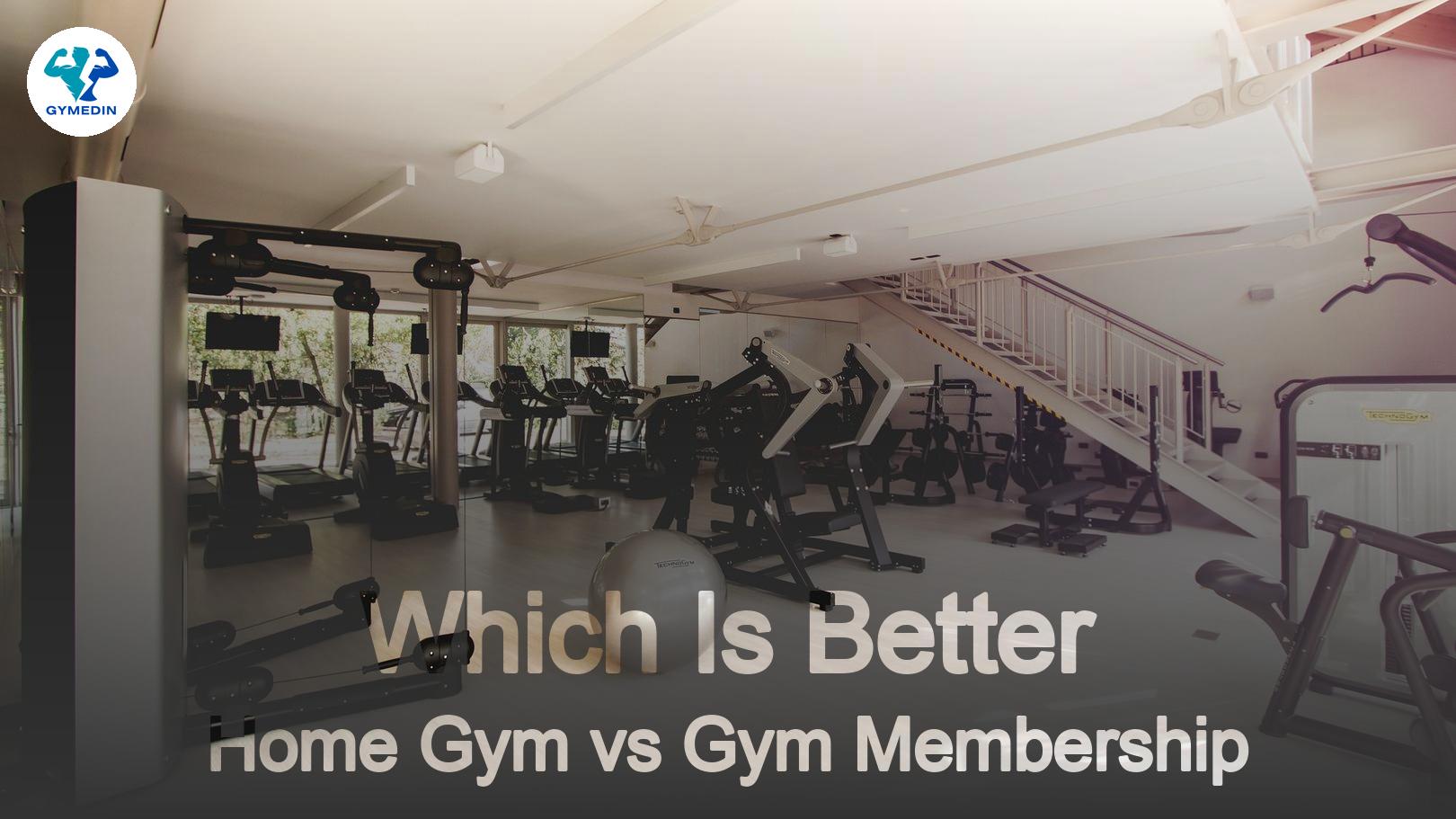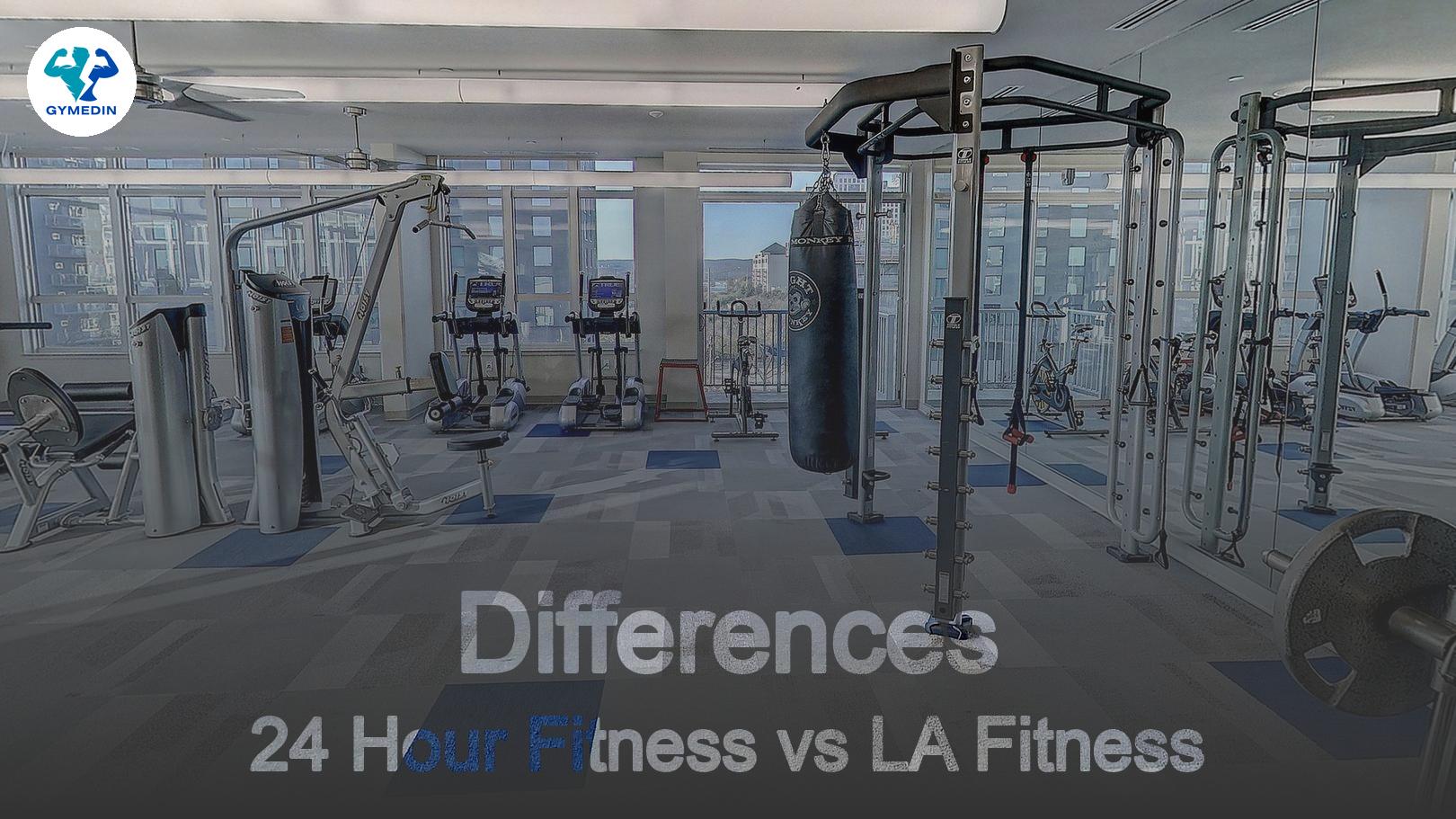Whether you’re looking to improve your fitness or searching for a new workout routine, you’ve probably come across both Orangetheory and CrossFit. These two popular fitness programs have a lot of fans, but they’re quite different in terms of structure, style, and philosophy. If you’re trying to decide which one is right for you, it’s important to understand the differences, pros, and cons of each.
Let’s break it down so you can make an informed choice.
What Is Orangetheory?
Orangetheory (OTF) is a group-based workout program that focuses on heart rate monitoring to maximize calorie burn and improve endurance. The classes typically last 60 minutes and are divided into intervals that involve treadmill running, rowing, and strength training exercises. The goal is to spend a portion of your workout in the “orange zone,” which is 84-91% of your maximum heart rate, to maximize your metabolic burn.
Orangetheory Breakdown:
- Format: Structured, instructor-led group classes
- Focus: Heart rate-based interval training
- Equipment: Treadmills, rowers, free weights, TRX bands
- Class Length: 60 minutes
- Intensity: Varies based on your fitness level (controlled through heart rate zones)
Orangetheory uses technology like heart rate monitors to help you understand how hard you’re working. You’ll see your stats on a screen, and the goal is to hit the orange zone for at least 12 minutes per class. This leads to what they call the “afterburn” effect, where you keep burning calories long after your workout ends.
What Is CrossFit?
CrossFit is a high-intensity fitness program that incorporates functional movements from a variety of disciplines like weightlifting, gymnastics, and cardio. Each day, there’s a Workout of the Day (WOD), which is a specific set of exercises you complete as fast as possible or for a certain number of repetitions. CrossFit workouts are highly varied, so you could be lifting heavy one day and doing bodyweight exercises the next.
CrossFit Breakdown:
- Format: Daily varied workouts (WOD), led by a coach
- Focus: Functional fitness and overall performance
- Equipment: Barbells, kettlebells, pull-up bars, medicine balls, rowers
- Class Length: 60 minutes
- Intensity: High, often pushing limits
The program revolves around a community of athletes who encourage each other. CrossFit is known for its intense competition, whether you’re competing with others in the class or just trying to beat your personal record. Many people thrive off the challenge and camaraderie.
Key Differences Between Orangetheory and CrossFit
Though both Orangetheory and CrossFit are intense, full-body workout programs, they have key differences that might make one more appealing to you than the other. Here’s a quick look at how they differ:
| Feature | Orangetheory | CrossFit |
|---|---|---|
| Workout Structure | Pre-set routine, instructor-led | Daily Workout of the Day (WOD) |
| Focus | Heart rate-based cardio and endurance | Functional strength and performance |
| Intensity | Adjustable based on heart rate zones | High-intensity, often competitive |
| Class Size | Large groups (up to 24 people) | Smaller groups (up to 15 people) |
| Community | Some group interaction | Highly community-driven, competitive |
| Equipment | Treadmills, rowers, free weights | Barbells, kettlebells, rings, rowers |
| Programming | Consistent weekly formats | Varied daily workouts |
| Tracking Progress | Heart rate monitor, calories burned | Performance-based, personal records |
Pros and Cons of Orangetheory
Pros:
-
Structured and Predictable
Each class follows a clear format, so you always know what to expect. This can be great if you like consistency and routine in your workouts. -
Heart Rate Monitoring
You can track how hard you’re working in real-time, which helps keep you accountable and ensures you’re getting the most out of the workout. -
Scalable for All Fitness Levels
Whether you’re a beginner or an advanced athlete, you can adjust the workout intensity to fit your fitness level. The use of heart rate zones means that you’re working at your own pace, not competing with others. -
Low Risk of Injury
Because the exercises focus on controlled movements, the risk of injury is relatively low compared to high-impact programs like CrossFit.
Cons:
-
Limited Strength Training
Orangetheory focuses more on cardio than heavy strength training. If you’re looking to build muscle mass or improve power, you may find the weight training component of OTF lacking. -
Repetitive Workouts
The format can feel a bit repetitive since you rotate between the same three sections (treadmill, rower, strength) in each class. This might get boring over time. -
Cost
Orangetheory can be pricey, especially if you’re taking multiple classes per week. Prices vary by location but expect to pay more than a basic gym membership.
Pros and Cons of CrossFit
Pros:
-
Variety of Workouts
CrossFit workouts change daily, so it’s unlikely you’ll ever get bored. The variety keeps your body guessing and helps improve multiple aspects of fitness, from strength to cardio to flexibility. -
Community Atmosphere
One of the biggest draws of CrossFit is its community. You’re not just working out; you’re part of a team. Many people find the social aspect motivating, helping them push harder than they would on their own. -
Performance-Based
CrossFit is all about improving your skills, strength, and performance. You’ll track your progress and constantly try to beat your previous best. This can be motivating if you love competition. -
Improves Functional Fitness
CrossFit trains you for everyday movements, making it easier to handle real-world physical tasks. Whether it’s lifting a heavy box or running up stairs, CrossFit helps you prepare for it.
Cons:
-
Higher Risk of Injury
The high intensity and fast pace of CrossFit workouts, combined with complex movements like Olympic lifts, can increase your risk of injury, especially if you’re new or haven’t mastered proper technique. -
Not Ideal for Beginners
CrossFit can be intimidating for beginners due to its intensity and the level of skill required for some movements. Though many gyms offer beginner classes, the learning curve can be steep. -
Expensive
Similar to Orangetheory, CrossFit can be expensive. Monthly memberships often cost significantly more than a traditional gym membership.
Who Should Choose Orangetheory?
Orangetheory is a great option for people who enjoy structured, instructor-led classes and want to focus on cardio and endurance. It’s particularly good for individuals who prefer low-impact workouts but still want to burn a lot of calories and improve their fitness level. If you’re new to exercise or just getting back into shape, Orangetheory can be a perfect starting point because the workouts are scalable and safe.
It’s also ideal for those who like using technology to track progress and see real-time results through heart rate monitoring. If you love being able to see how hard you’re working and want clear guidance from an instructor, Orangetheory has you covered.
Who Should Choose CrossFit?
CrossFit is better suited for people who thrive in a high-intensity, competitive environment and are looking to improve their overall strength and athleticism. If you love a challenge and want to work on functional movements that apply to everyday life, CrossFit is an excellent choice.
It’s also great for those who enjoy a sense of community and accountability. The CrossFit culture is built around teamwork and camaraderie, so if you enjoy pushing yourself in a group setting and want to feel like you’re part of a fitness family, CrossFit might be the better option.
However, if you’re prone to injuries or are new to exercise, CrossFit may not be the best fit. Make sure to focus on mastering form before increasing intensity.
FAQs
1. Which is better for weight loss, Orangetheory or CrossFit?
Both Orangetheory and CrossFit can help with weight loss, but it depends on your personal preferences and how you push yourself. Orangetheory might offer more consistent calorie burn due to its cardio focus, while CrossFit combines cardio and strength, helping you build muscle that can aid in fat loss over time.
2. Is CrossFit dangerous?
CrossFit has a reputation for being intense, and with intensity comes a higher risk of injury if you’re not careful. That said, many CrossFit gyms prioritize proper form and scaling the workouts for beginners to reduce injury risk.
3. Can I combine Orangetheory and CrossFit?
Yes! Many people combine the two to get the best of both worlds. You could do CrossFit a few days a week to focus on strength and functional fitness and Orangetheory on other days to improve your cardio and endurance.
4. Which is more expensive?
Both programs tend to be more expensive than traditional gym memberships. CrossFit gyms (or “boxes”) and Orangetheory classes both charge premium prices due to the specialized coaching and structured classes.
Final Thoughts
At the end of the day, whether you choose Orangetheory or CrossFit comes down to your fitness goals and what kind of environment motivates you. If you like a more structured workout that revolves around cardio and measurable data, Orangetheory could be the way to go. On the other hand, if you love variety, pushing your limits, and working on strength and functional fitness, CrossFit might be the perfect fit.
The good news? You really can’t go wrong with either choice. Both programs are effective, and as long as you stay consistent, you’ll see results. So lace up your sneakers, pick your class, and get to work!






